TV melodramas are so commonplace and oversaturated that it feels almost impossible for one to become truly memorable. Plagued with overdone tropes, exaggerated acting, and craftless filmmaking, the medium is in desperate need for fresh blood and new talent. How is it then that a small, 12-episode romantic melodrama about two students in County Sligo, Ireland has become so lorded and unforgettable, years after its release?
Based on the novel of the same name by Irish author Sally Rooney, Normal People is an exploration of the multi-faceted relationship between two sixth-form students in a small town in Ireland as they develop feelings for each other, which, over the course of four years, are strained and pulled by their individual circumstances and personal shortcomings. A simple premise on paper, and certainly not a revolutionary one in the context of British (and Irish) TV dramas, Normal People diversified itself from the tidal wave of schlocky dramas with its masterful execution and understanding of the craft of cinematography.
Shot entirely on location in Ireland – and several smaller locations across Europe – Normal People‘s cinematography isn’t grandiose, vivid, or overt, nor does the series rely on any special effects outside of colour correction. The cinematography is covert, and – like all good cinematography – is only used to accentuate and elevate the emotions in the actors’ performances. The cinematography of Normal People falls under two categories: there is the cinematography intended for pure visual engagement, then there is the cinematography intended for emotional accentuation. Sometimes these two categories are separated, but oftentimes they are blended to create truly beautiful shots which add layers of subtext to the very personal and intimate story showcased on screen.

The above, and the examples given below, might not sound like anything mind blowing in the world of cinematic techniques, but it is the level of execution involved that showcases the truly impeccable talent of the team behind the camera. The level of craft also has to be compared to that found in the typical shows of the same genre, with the overwhelming majority of those projects being commercially manufactured stories with bare-bones camera work that focuses on simple coverage over optimising each shot for maximal effect.
Often comprising of mundane locations and everyday mise-en-scene, most TV melodramas rely on their scripts and actors to do all of the narrative lifting, with the cinematography being reduced to flat lighting while the overused establishing shot, to medium shots, to close-ups, re-appears in every scene with no alteration. Normal People circumvents this problem with an incredibly subtle trick, adding visual, and often subtextual depth to each shot. Very rarely does Normal People feature underwhelming imagery. Even the most basic shots inside houses, or with grey landscapes are stretched with depth and layers to keep the audience engaged. Directors Lenny Abrahamson and Hettie Macdonald, along with DP Suzie Lavelle, utilised the layouts of the natural locations and props to create an authentic and subtle depth to each shot. Most shots are comprised of three layers of depth: the foreground, the midground, and the background. Lavelle incorporated distinct elements into each level – typically with some form of inanimate object in the foreground, the actors in the midground, and the landscape in the background – to expand the melodramatic settings into something truly vibrant and engaging on screen. This incredibly simple but important formula is part of what differentiates Normal People from the litany of visually boring TV melodramas being released every week.
But the subtly intricate cinematography of Normal People goes far beyond simple layering. In an interview with Variety, Lavelle described Normal People as minimalist storytelling, that truly lets the nuances of Paul Mescal and Daisy Edgar-Jones’s performances shine. As a result, Lavelle wanted the show’s cinematography to reflect and highlight the most minute elements of their performances without overshadowing them. Lavelle shot Normal People using vintage 70s lenses like the K35 Canon. In the interview, she stated that these lenses allowed for extremely close focus, to the point where she could capture one actors eye in focus with the other being completely blurred. Lavelle utilised depth of focus as one of the key techniques to accentuate the subtle details that add rich layers to Connell and Marianne’s relationship.
This extreme depth of focus is one if the show’s key visual motifs, and the style is used in correlation with Connell and Marianne’s relationship. Normal People portraits the constant ebbing and flowing of Marianne and Connell’s complicated relationship from ages 18 to 22, with the pair repeatedly separating and finding each other, and highlights the complex bond between two people during the most confusing years of their lives. Lavelle managed the depth of field adjacently with the status of their relationship. During the peaks of their relationship, Lavelle utilised the extreme depth of focus to highlight the mental focus of both characters, as the outside world becomes a blur, spotloghting the intimacy and intricacy of their bond.

A deep depth of field is often used in TV dramas to highlight feelings of alienation within the subject character. However, Lavelle subverts this technical trope, utilising a shallow depth of field to exemplify the moments of isolation felt during the lows of Connell and Marianne’s relationship, as well as their individual character arcs. The shallow depth of field is used in conjunction with the aforementioned framing technique to create intentionally flat images in which the character feels lost in the background, representing their individual feelings of loneliness and confusion at the various breakdowns of their relationship.
As well as launching the careers of its two stars into the stratosphere – with Daisy Edgar-Jones going on to star in Where the Crawdads Sing and Fresh, and Paul Mescal set to star in Ridley Scott’s Gladiator 2 – Normal People highlighted the potential for intimate, minimalist storytelling in the increasingly oversaturated genre that is the TV drama.

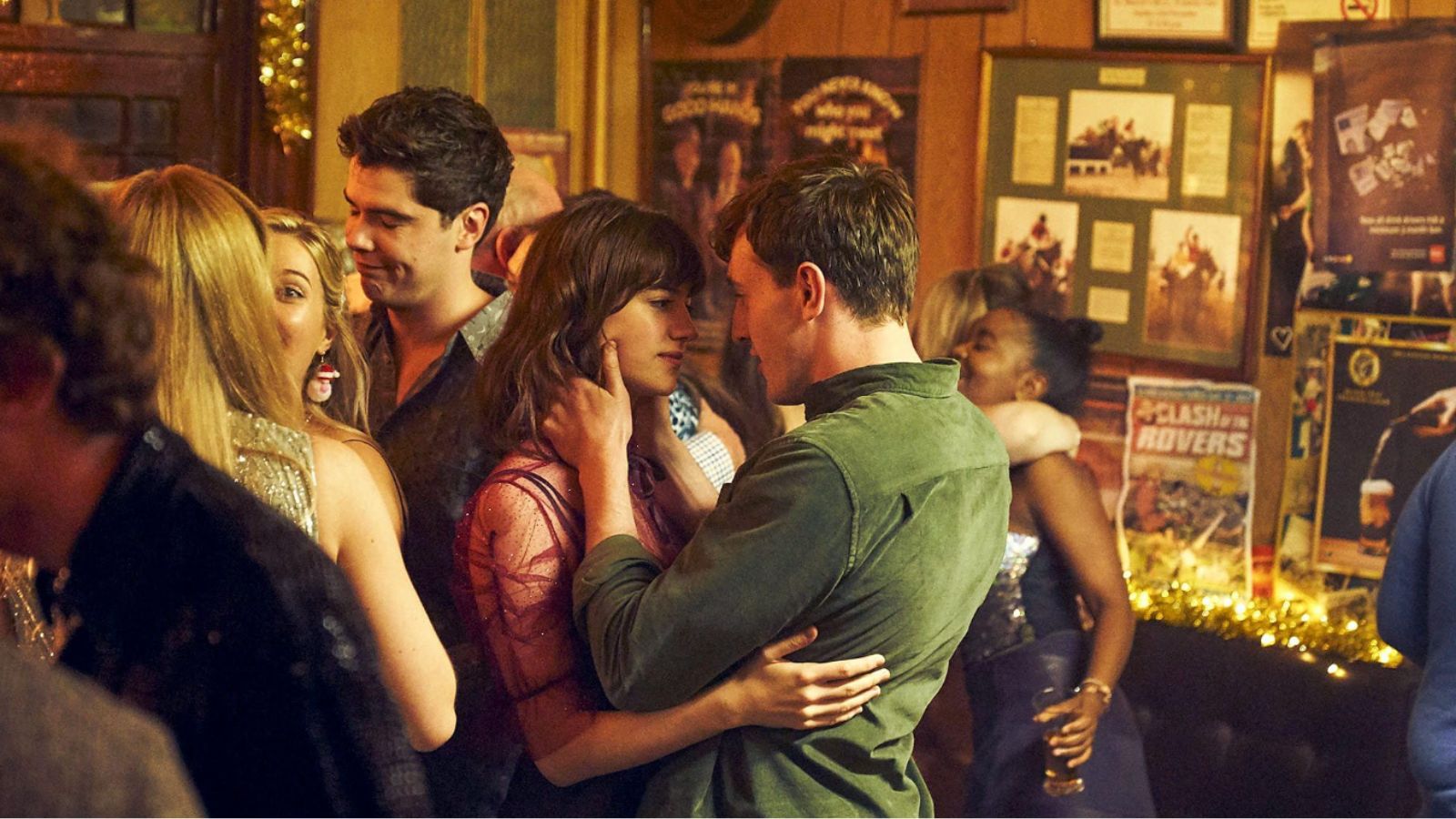

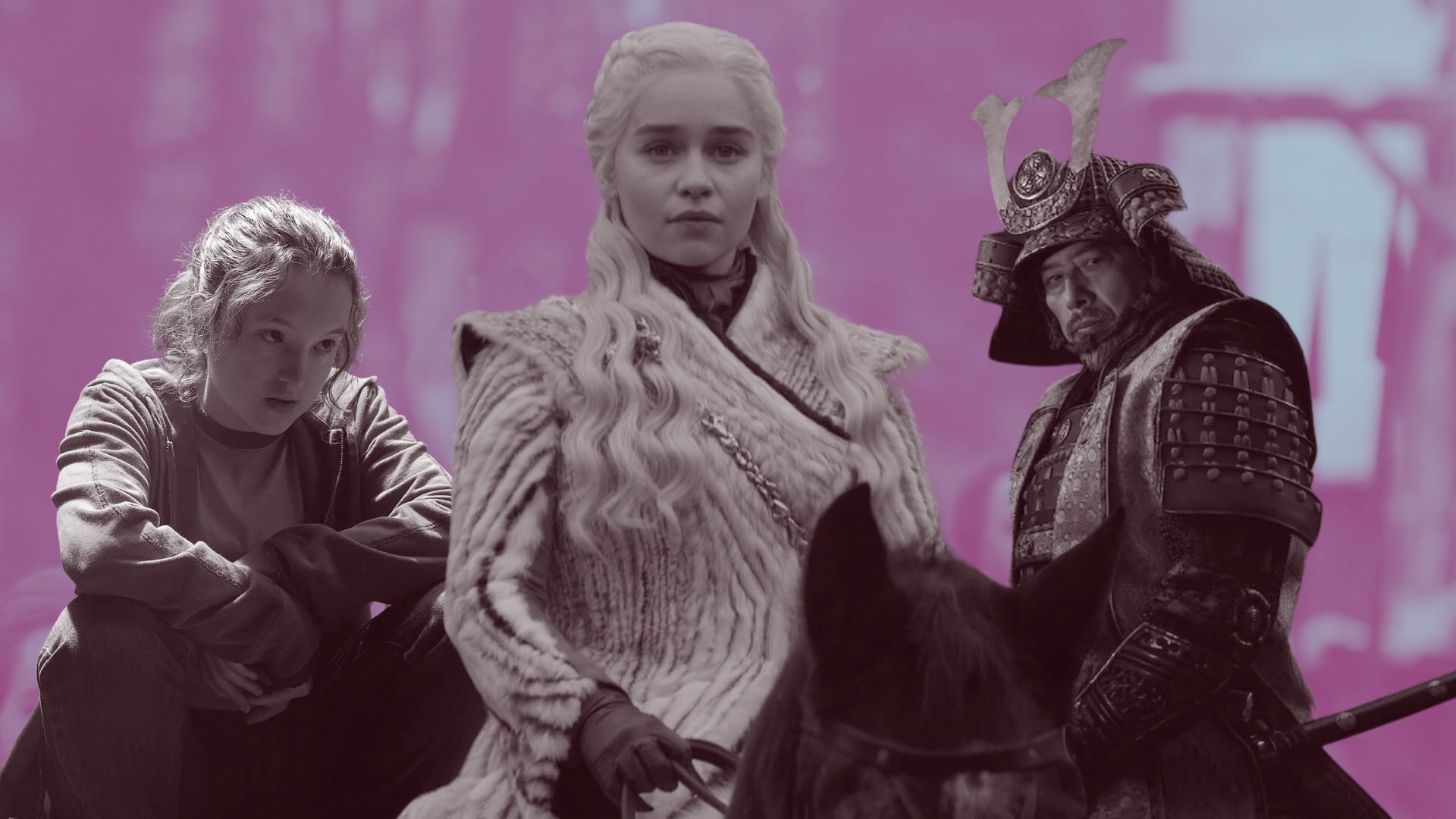



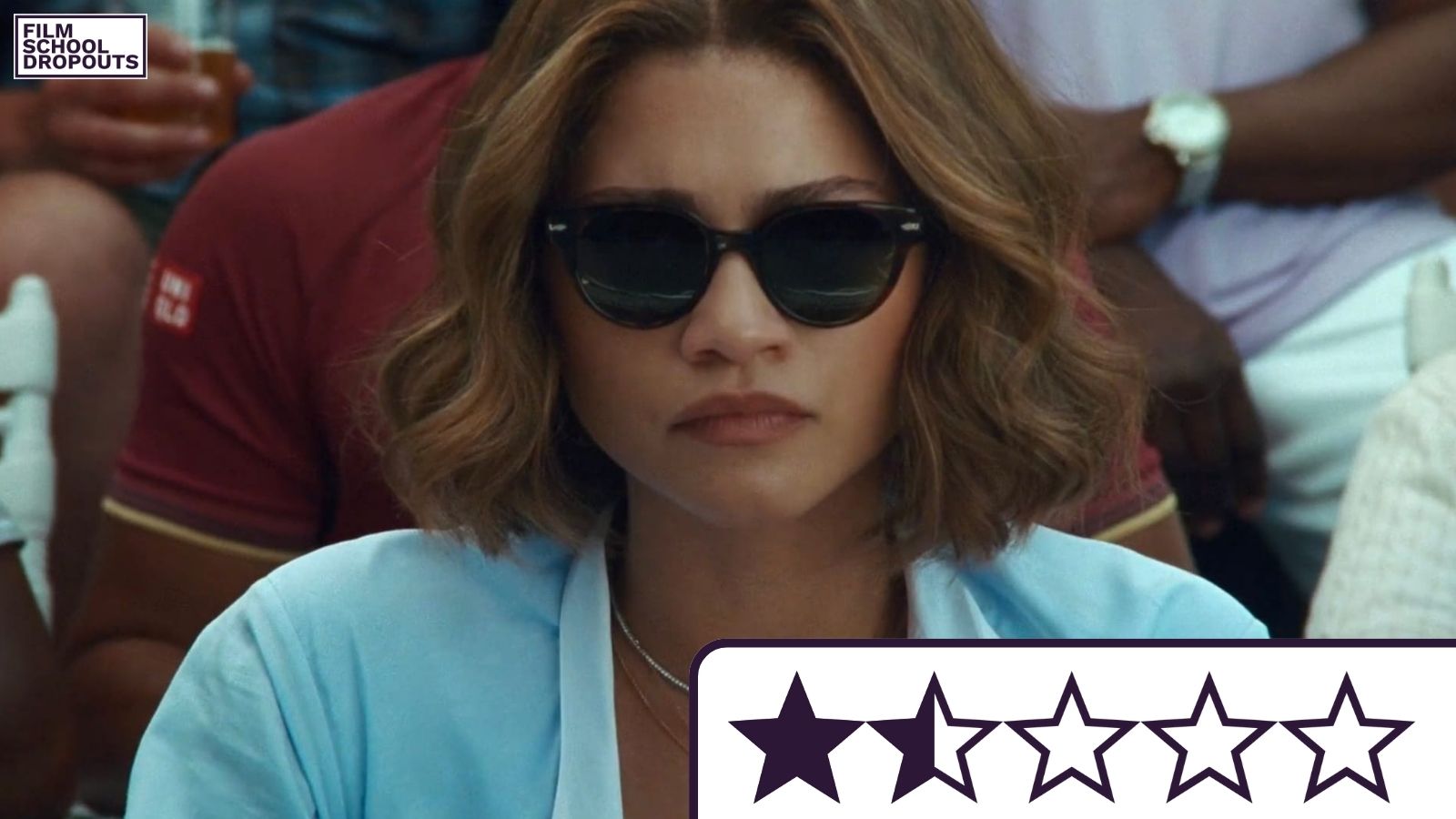





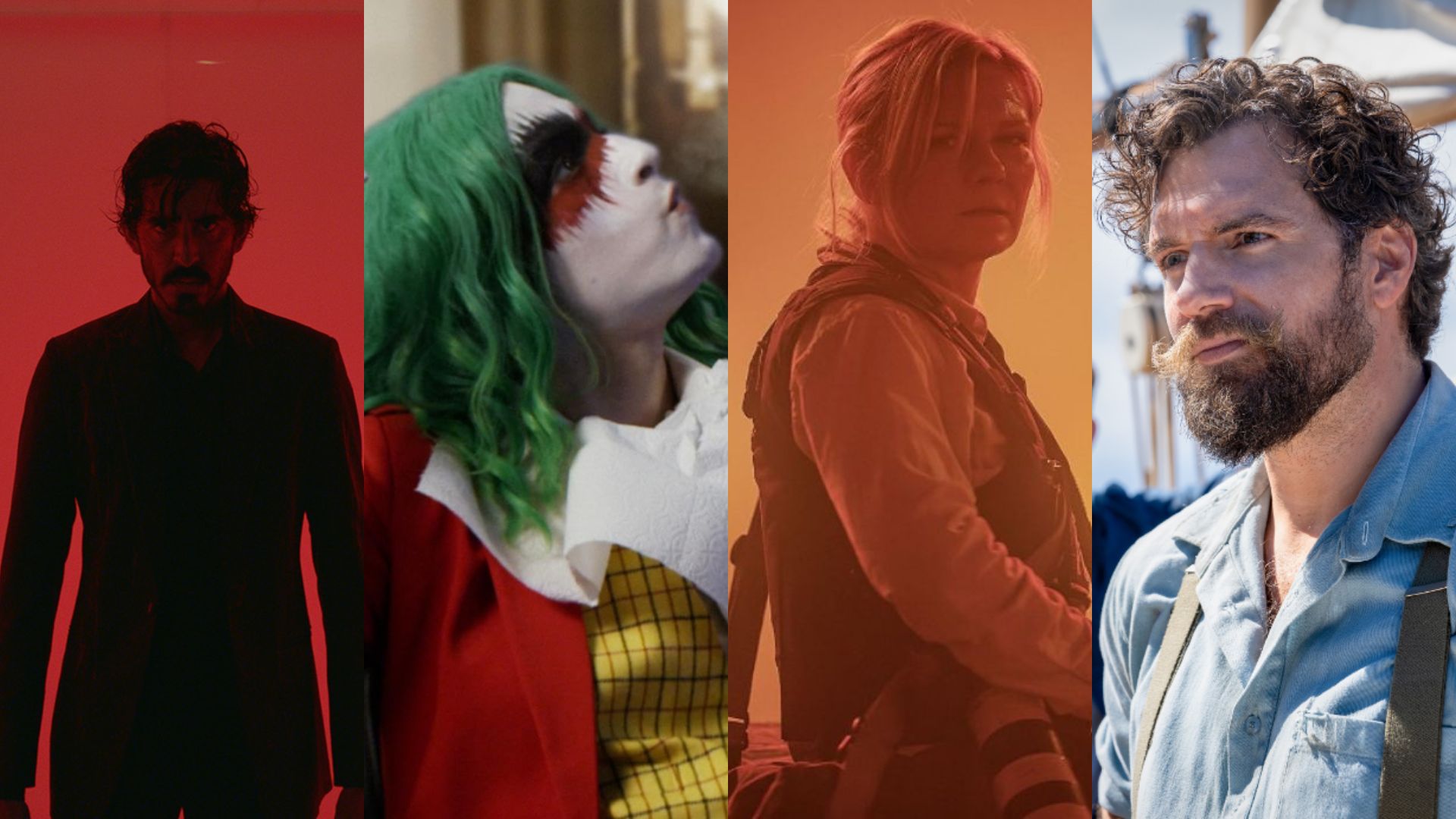

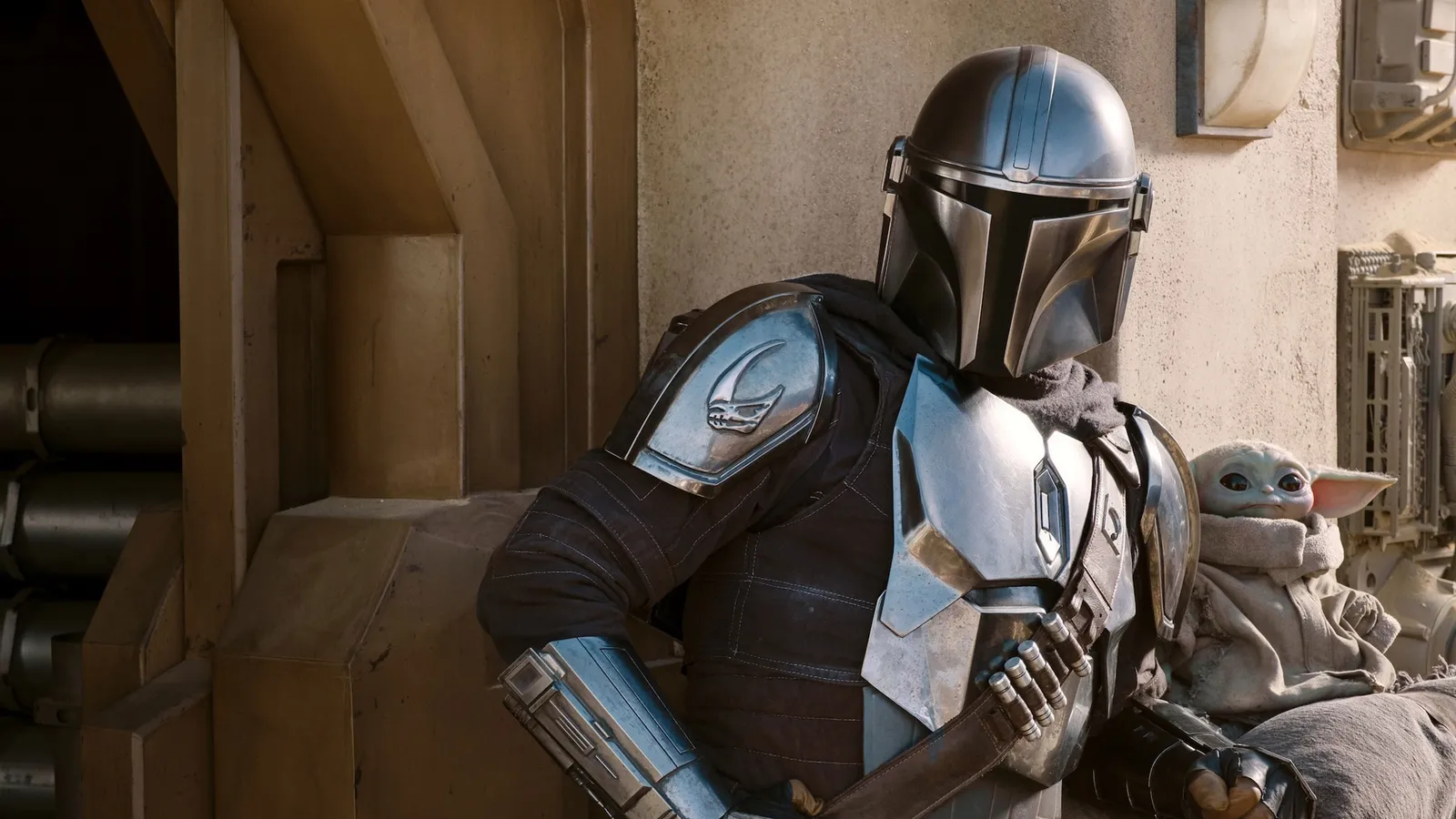
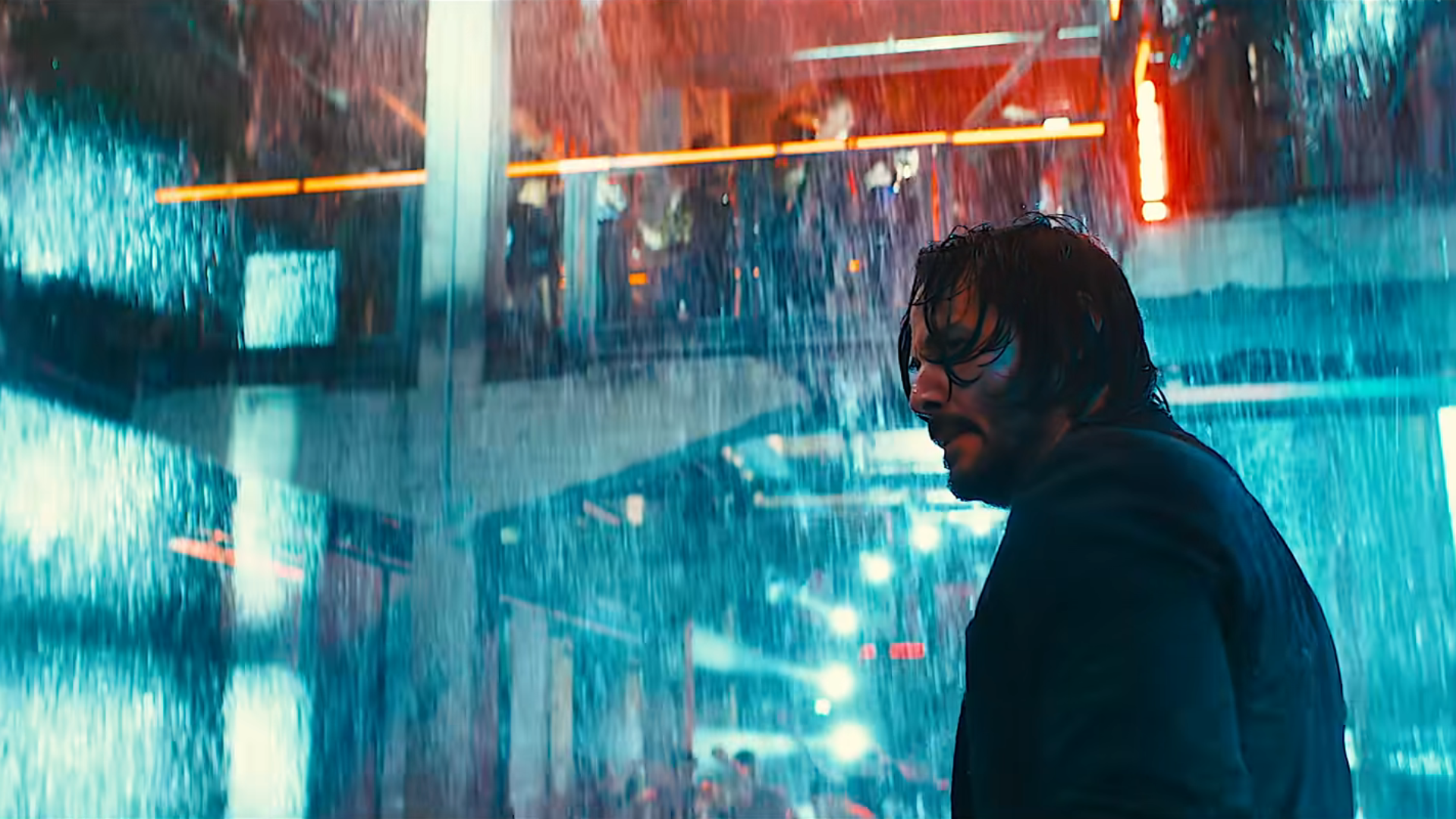
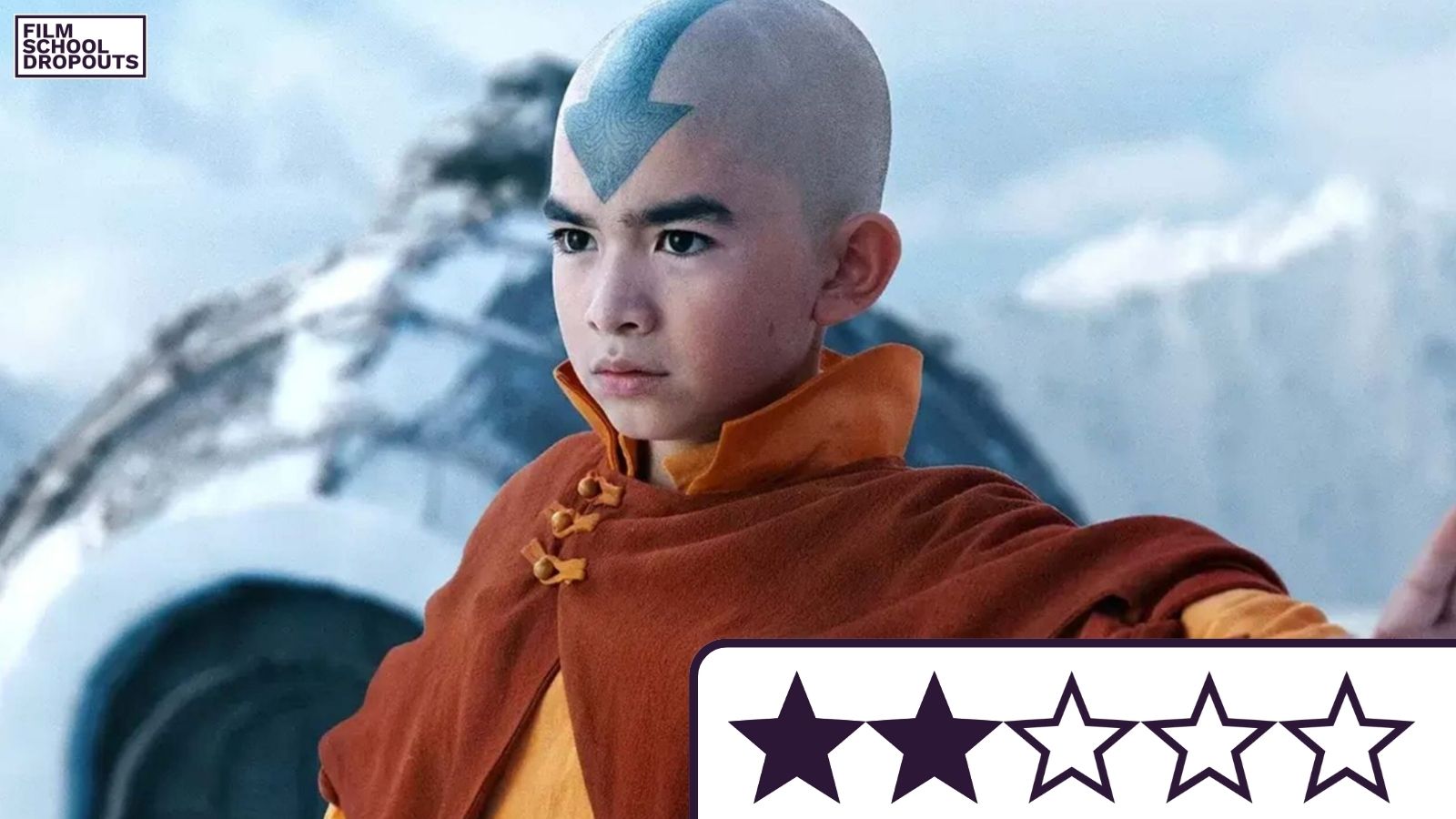

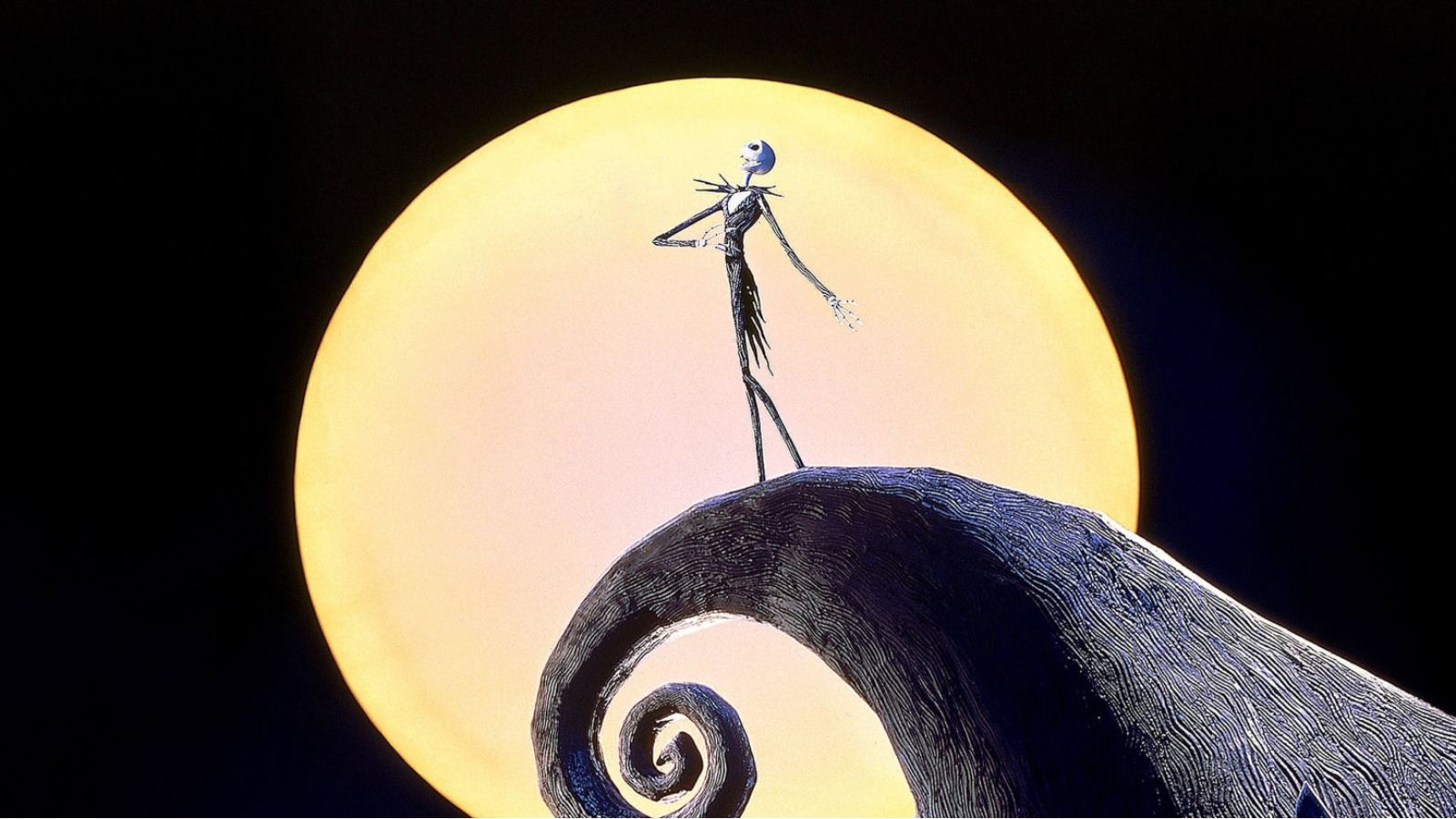


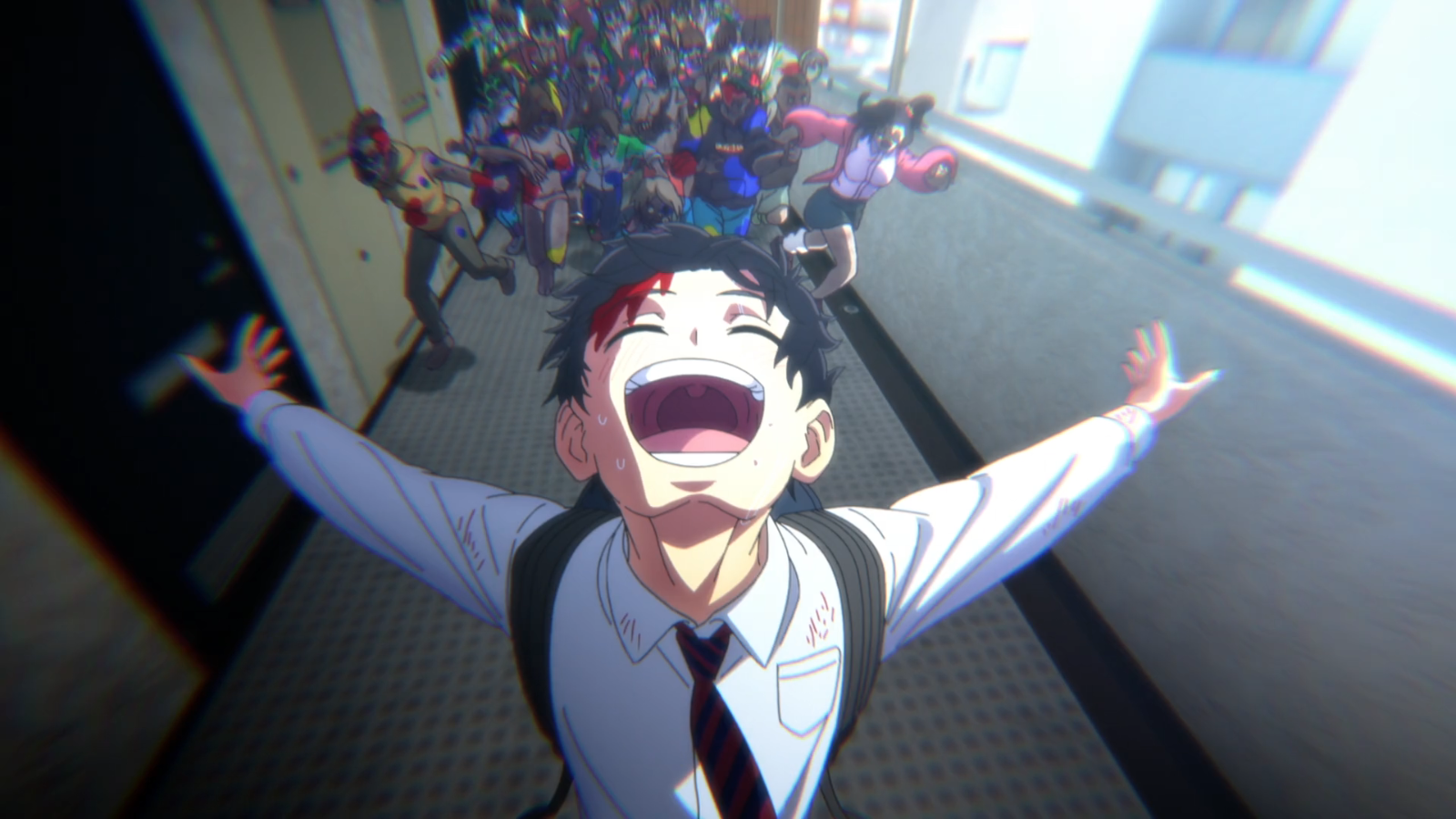
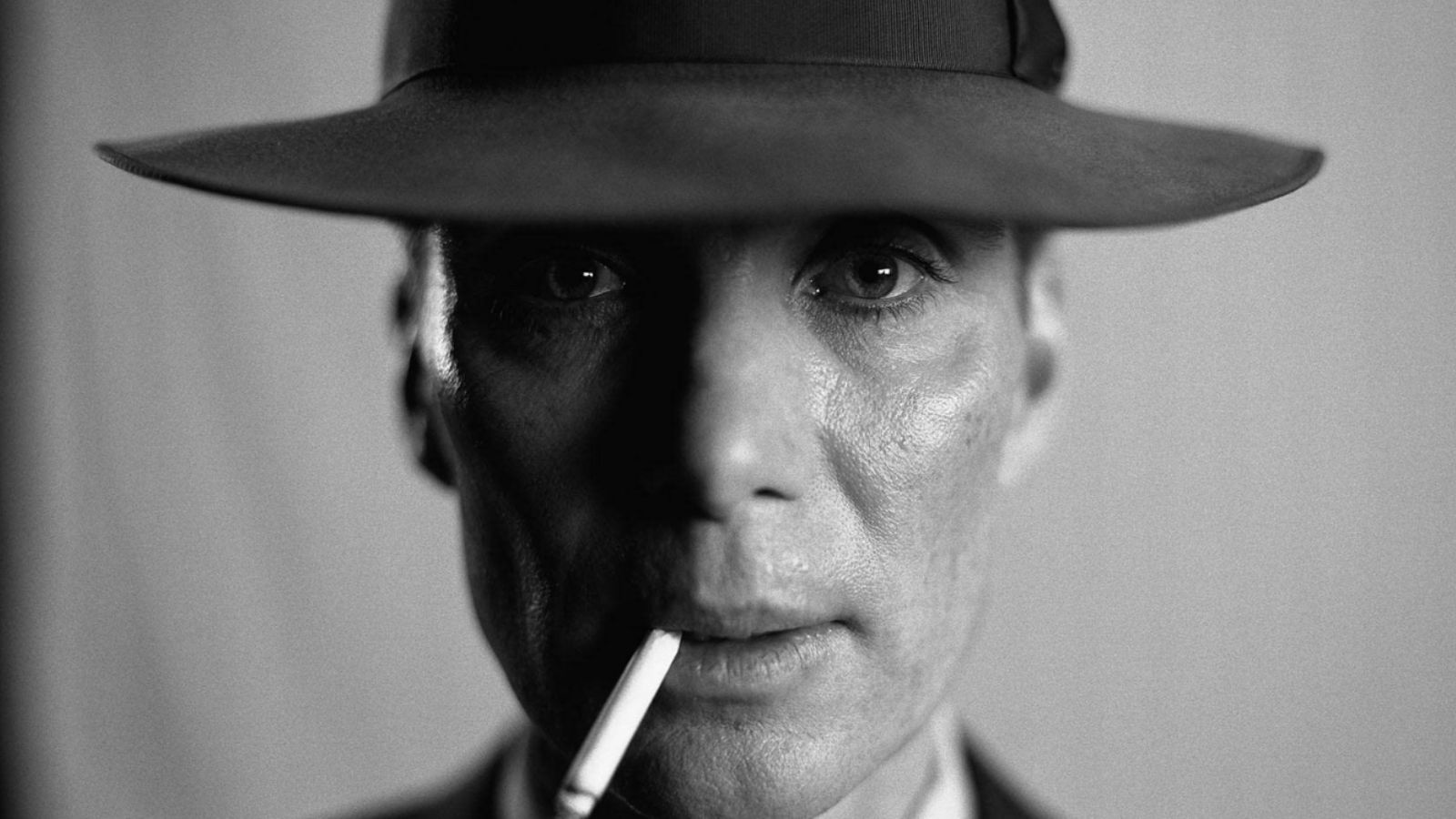
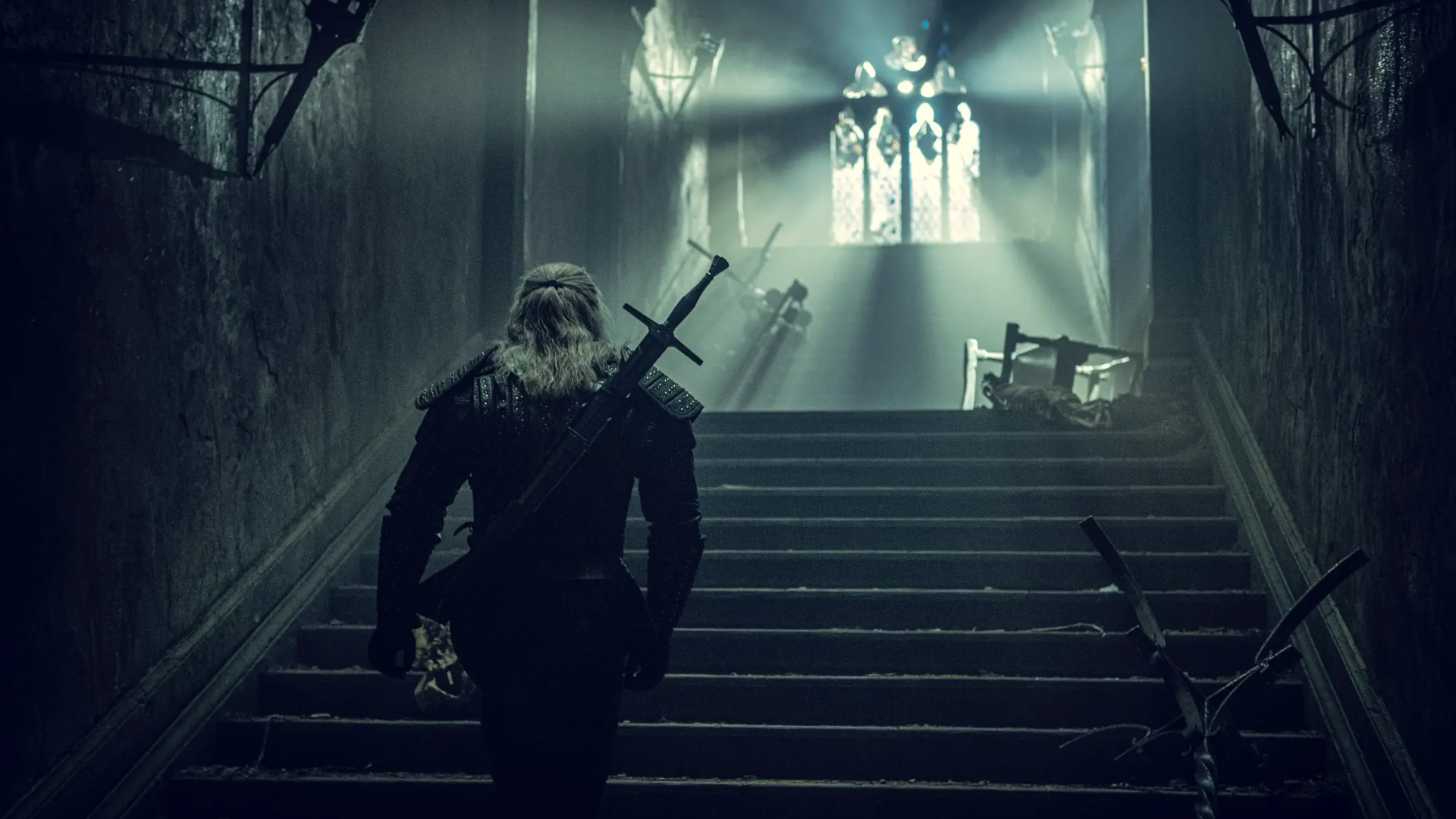


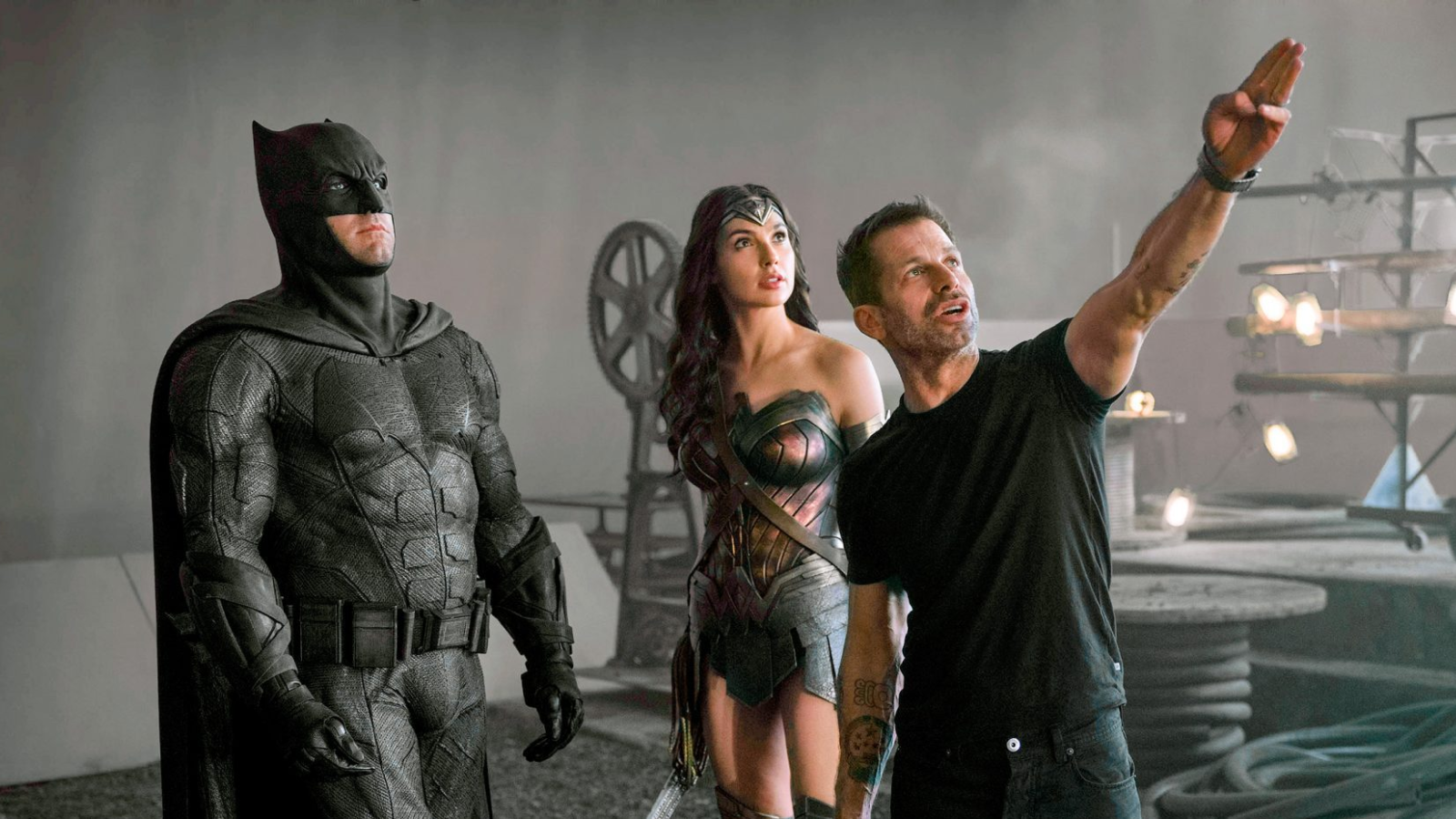


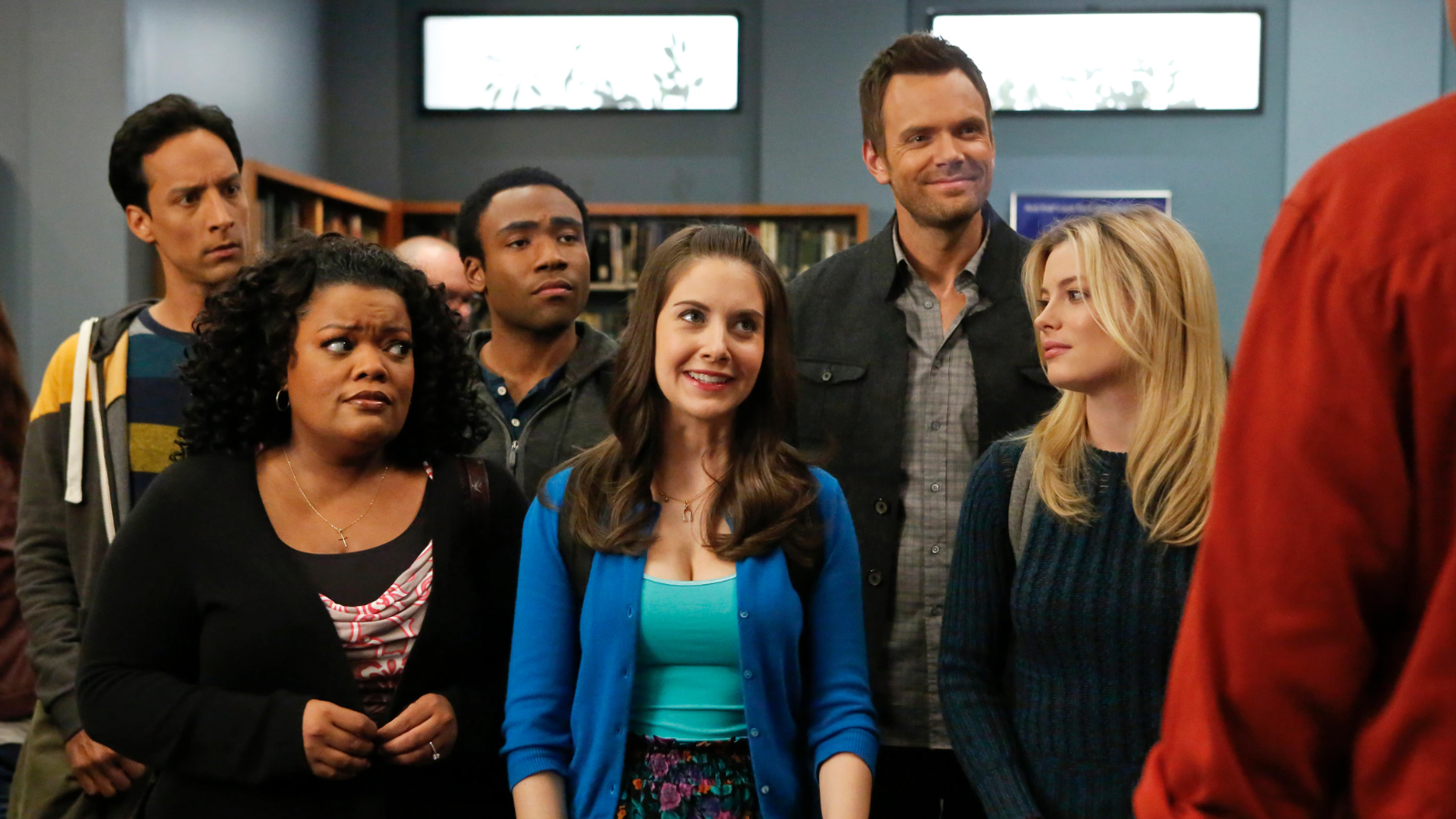
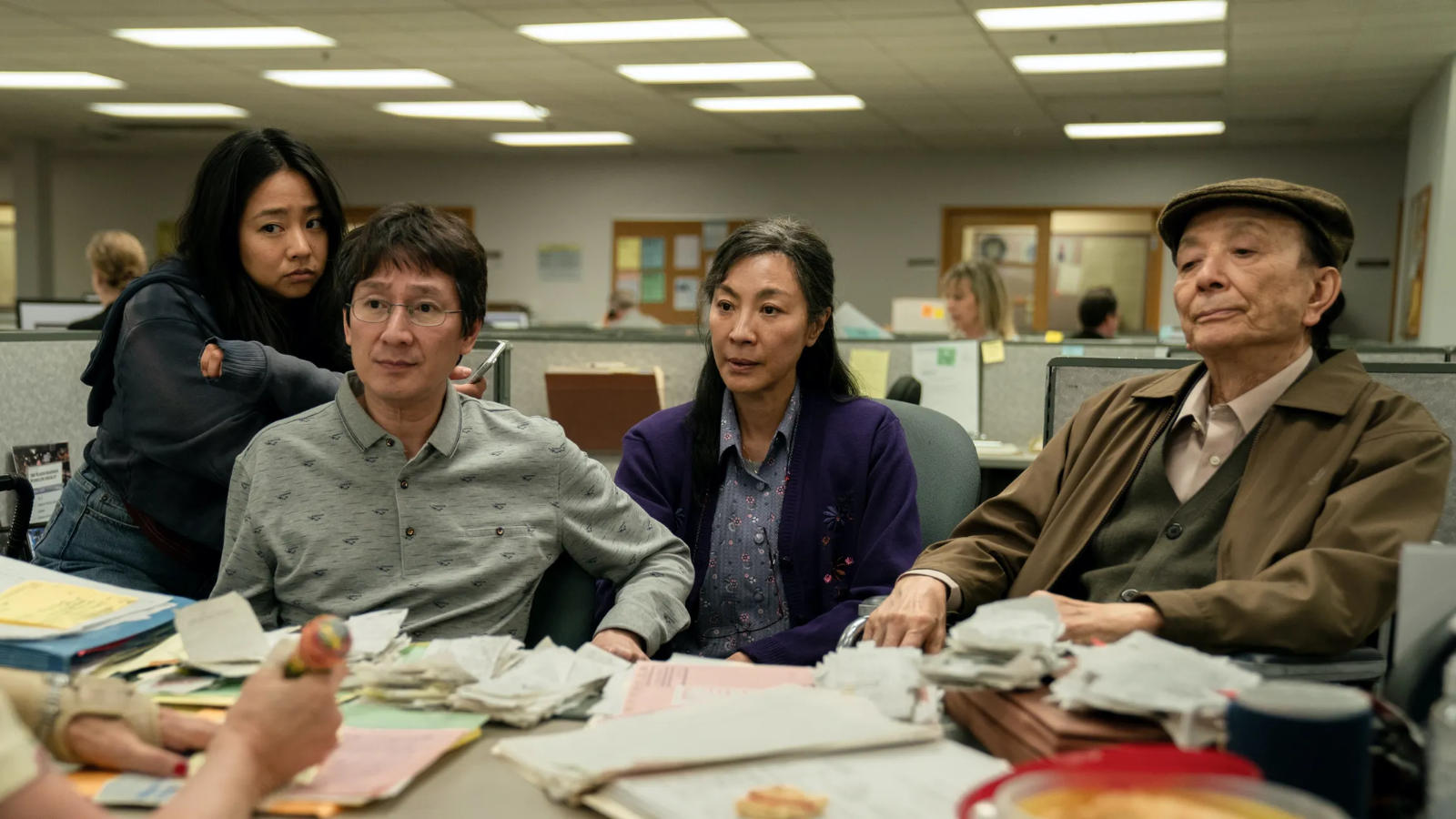


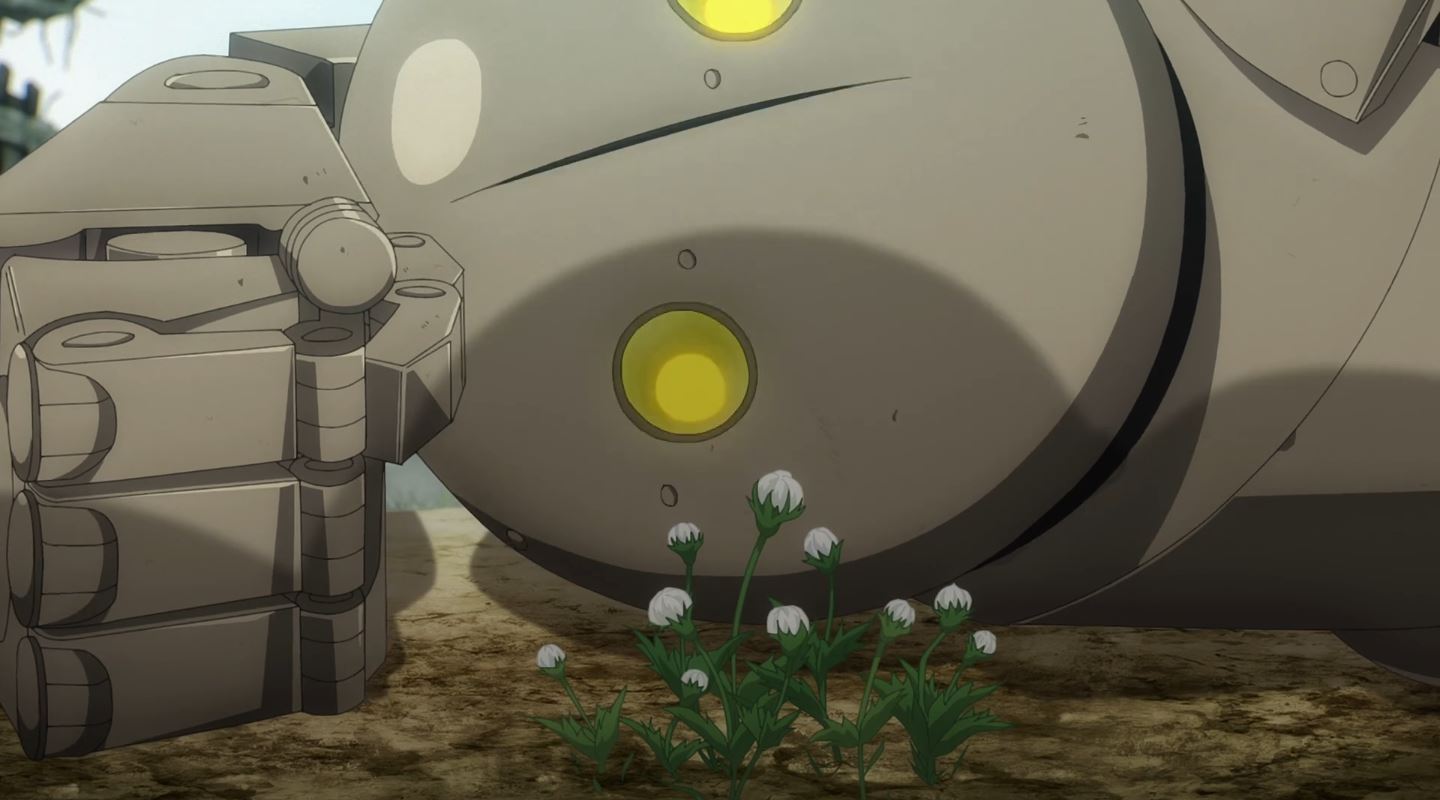

Leave a comment